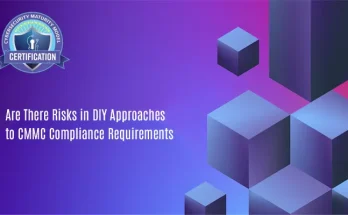In today’s rapidly changing business landscape, organizations are constantly searching for strategies that can support sustainable growth. One of the most powerful tools at their disposal is an integrated IT strategy. By effectively integrating their IT systems and aligning them with their business goals, organizations can unlock new efficiencies, streamline operations, and propel themselves towards long-term success. Let’s explore the transformative potential of an integrated IT strategy for sustainable growth.
At the heart of an integrated IT strategy lies the seamless alignment between business goals and technology. By carefully evaluating their objectives, organizations can identify the IT solutions and systems that will best support their unique needs. This strategic approach ensures that technology investments are not made in isolation but are driven by the organization’s overarching vision and objectives.
Central to an integrated IT strategy is the consolidation and integration of various IT systems and applications. Many organizations operate with a patchwork of disparate systems that inhibit collaboration, hinder productivity, and increase operational complexity. An integrated IT strategy addresses these challenges by bringing together different systems, streamlining processes, and enabling data flow across departments. This consolidation not only enhances efficiency but also provides a more holistic view of the organization, enabling better decision-making and resource allocation.
By integrating their IT systems, organizations can eliminate redundant processes and reduce manual interventions. Automation plays a significant role in supporting sustainable growth by optimizing workflows and freeing up valuable resources. Repetitive and time-consuming tasks can be automated, allowing employees to focus on more strategic initiatives that drive innovation and add value to the business. Ultimately, this leads to increased productivity, improved customer experiences, and heightened competitive advantage.
Furthermore, an integrated IT strategy facilitates better data management and insights. Organizations generate vast amounts of data daily, and harnessing this data for actionable insights is crucial for sustainable growth. Integrated systems enable the collection, storage, and analysis of data from various sources, leading to a cohesive and comprehensive view of the organization’s operations. These insights can fuel informed decision-making, aid in identifying opportunities, and enable proactive responses to market trends.
Additionally, an integrated IT strategy enhances cybersecurity. With the increasing frequency and sophistication of cyber threats, organizations must prioritize the establishment of a robust security framework. By integrating IT systems, data protection measures can be implemented consistently and comprehensively across the organization, ensuring the confidentiality, integrity, and availability of critical information. This proactive approach fortifies the organization’s defense against cyber risks, safeguarding its reputation, and fostering sustainable growth.
An integrated IT strategy is a foundational pillar for organizations aiming to achieve sustainable growth. By aligning technology investments with business goals, consolidating systems, automating processes, and harnessing data, organizations can streamline operations, enhance productivity, and make informed decisions. Moreover, an integrated IT strategy strengthens cybersecurity measures, protecting the organization from potential threats. For organizations seeking to thrive in the digital era, an integrated IT strategy is the key to unlocking their full growth potential and ensuring sustainable success.





